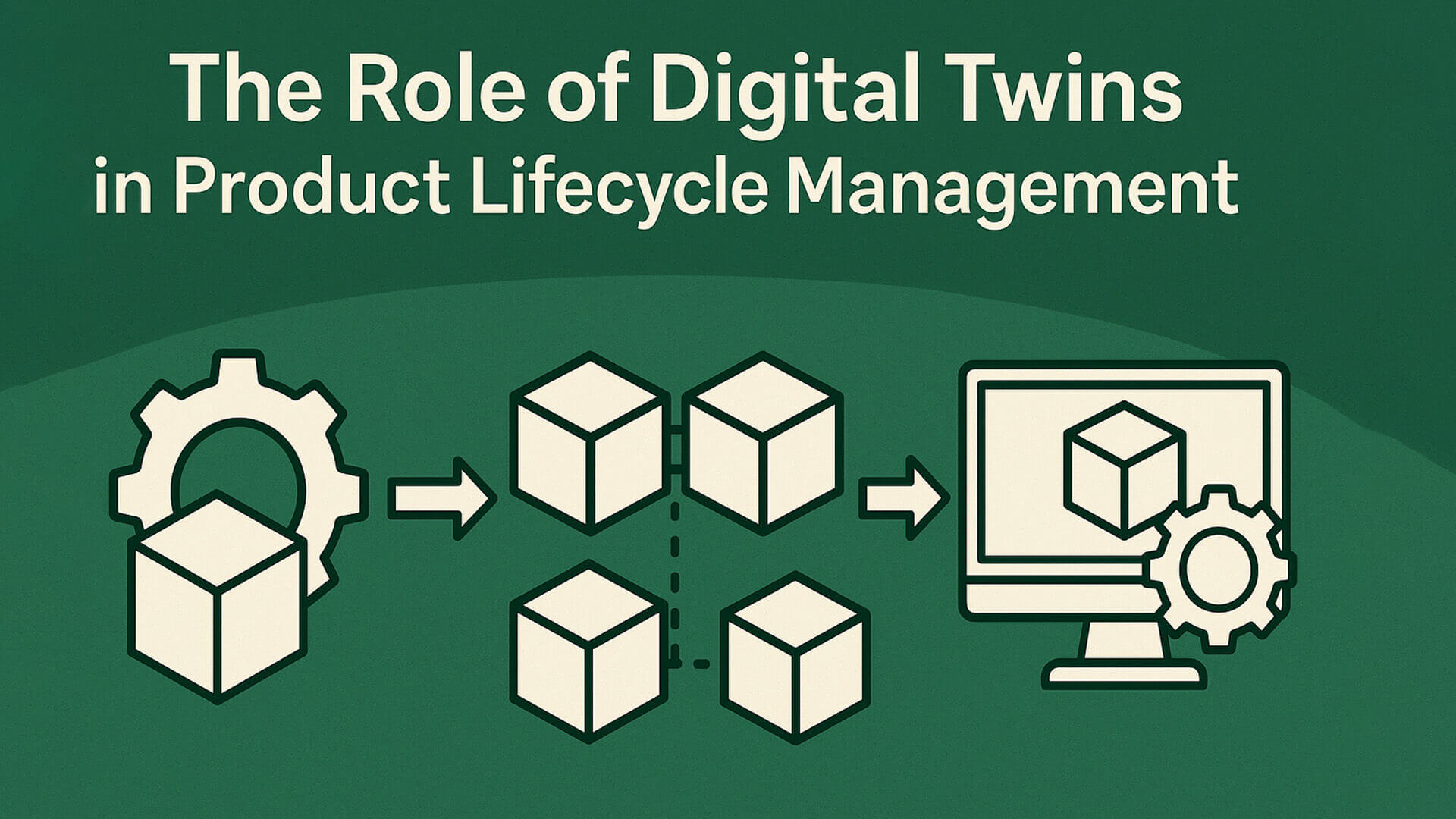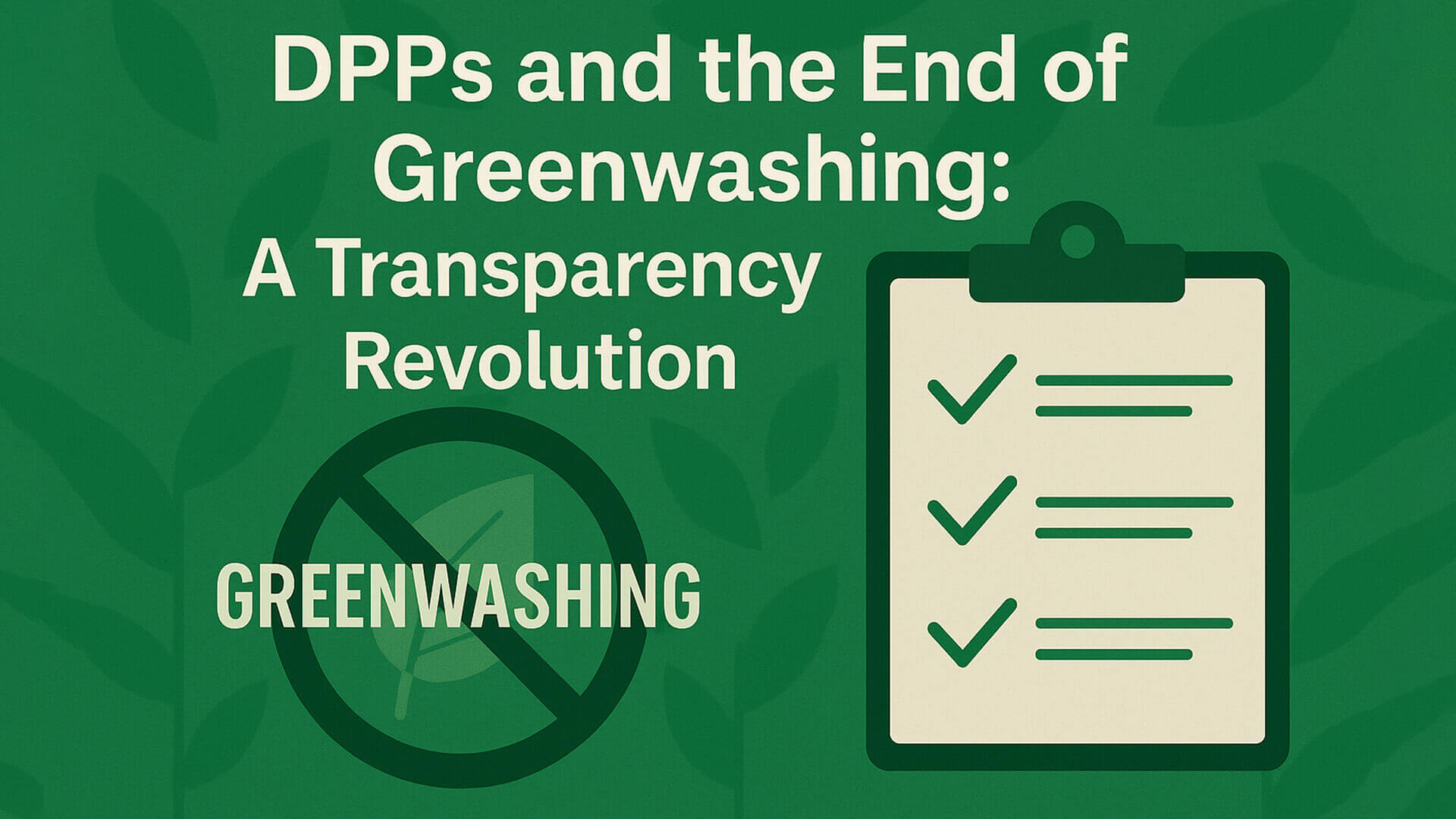- info@greenthreadsdpp.com
- Southampton, United Kingdom
How to Create an Effective Carbon Reduction Plan: A Step-by-Step Guide.

As the global climate crisis intensifies, businesses are increasingly recognising the importance of sustainability. One critical step towards a greener future is developing a Carbon Reduction Plan (CRP). A well-structured CRP not only helps organisations decrease their carbon emissions but also enhances their reputation, improves efficiency, and meets regulatory requirements. This comprehensive guide will outline the essential components of an effective Carbon Reduction Plan and provide actionable steps for implementation.
What is a Carbon Reduction Plan?
A Carbon Reduction Plan is a strategic framework that outlines how an organisation intends to reduce its greenhouse gas emissions over a specific period. This plan typically includes a detailed assessment of current emissions, measurable targets, and a series of initiatives designed to achieve those targets.
Step 1: Assess Your Current Carbon Footprint
The first step in creating a Carbon Reduction Plan is to conduct a thorough assessment of your organisation's current carbon footprint. This involves measuring greenhouse gas emissions across various sectors of your business, such as:
- Energy consumption: Evaluate the energy used in your facilities, including electricity, gas, and other fuels.
- Transportation: Analyse emissions from company vehicles and employee commuting.
- Waste management: Assess the carbon impact of waste generated by your operations.
- Supply chain emissions: Consider emissions associated with the production and transport of your goods and services.
Tools for Assessment
Utilise carbon footprint calculators, emission inventory software, and third-party consultants to gather accurate data. It's crucial to involve various departments to ensure a comprehensive assessment.
Step 2: Set Measurable Goals
Once you have a clear understanding of your current emissions, it's time to establish measurable and achievable goals. These goals should align with industry standards, governmental regulations, and your organisation's overall sustainability objectives.
Key Considerations for Goal Setting
- SMART Criteria: Ensure your goals are Specific, Measurable, Achievable, Relevant, and Time-bound.
- Baseline Emissions: Use your carbon footprint assessment as a baseline for measuring progress.
- Long-term vs. Short-term Goals: Consider both immediate and future targets to create a balanced approach.
Step 3: Identify Reduction Strategies
With your goals in place, the next step is to identify the strategies and initiatives that will help you achieve those goals. These strategies can vary widely depending on your industry, size, and resources, but may include:
Energy Efficiency Improvements
- Upgrade to energy-efficient equipment: Invest in modern technology that consumes less energy.
- Conduct energy audits: Regular audits can help identify areas for improvement.
Renewable Energy Integration
- Invest in renewable energy sources: Consider solar panels, wind energy, or purchasing renewable energy credits (RECs).
- Explore partnerships: Collaborate with energy providers for green energy solutions.
Sustainable Transportation Practices
- Encourage remote work: Reduce commuting emissions by allowing employees to work from home.
- Promote public transport: Provide incentives for employees who use public transportation.
Waste Reduction Initiatives
- Implement recycling programs: Create systems to recycle and reduce waste.
- Minimise single-use plastics: Encourage reusable materials within the organisation.
Step 4: Develop an Action Plan
An effective Carbon Reduction Plan should include a detailed action plan outlining the steps needed to implement your identified strategies. This plan should encompass:
- Timeline: Establish a timeline for each initiative, including start and end dates.
- Responsibilities: Assign specific roles and responsibilities to team members or departments.
- Budget: Allocate a budget for each initiative, considering potential cost savings from energy efficiency and waste reduction.
Step 5: Monitor and Review Progress
Monitoring progress is vital to ensure your Carbon Reduction Plan is on track. Regularly review your emissions data and compare it against your goals.
Key Metrics to Track
- Emissions reductions: Measure the percentage decrease in emissions over time.
- Cost savings: Track financial savings resulting from energy efficiency improvements and waste reductions.
- Employee engagement: Assess employee involvement and awareness of sustainability initiatives.
Step 6: Communicate Your Progress
Transparency is crucial when it comes to sustainability. Regularly communicate your progress to stakeholders, including employees, customers, and investors.
Communication Strategies
- Annual sustainability reports: Provide a comprehensive overview of your emissions and reduction efforts.
- Social media updates: Share milestones and successes on social media platforms to engage with a broader audience.
- Internal communications: Keep employees informed and motivated by highlighting achievements and future goals.
Step 7: Adapt and Evolve Your Plan
A Carbon Reduction Plan is not static; it should evolve based on new information, technologies, and changing regulations. Be prepared to adjust your strategies as needed to remain aligned with your goals.
Continuous Improvement
- Feedback loops: Gather feedback from stakeholders to refine your strategies.
- Stay informed: Keep up to date with industry trends and regulatory changes that may impact your plan.
Conclusion
Creating an effective Carbon Reduction Plan is a crucial step towards a sustainable future. By assessing your current emissions, setting measurable goals, and implementing targeted strategies, your organisation can significantly reduce its carbon footprint. Remember, this process is ongoing, and adapting your plan over time will ensure long-term success in achieving your sustainability objectives.





